Childproofing your home to protect from falls isn’t just about buying and installing gear.
Babies have a miraculous ability to fall from furniture before you have ever witnessed their ability to roll over. And toddlers are legally required to climb to the highest point available to them in any given situation. They climb out of high chairs, reach for high shelves and stand up in shopping carts. And sometimes they fall.
Kids fall in a variety of ways and you can’t always be there to catch them. Fortunately scientific studies can that tell us statistically at what age a child is most likely to fall, what they are likely to fall from, and what causes the most serious injuries. Here’s where and when you should put on your safety monitor hat and focus your vigilance.
60% of injuries in kids under age 6 who come to the emergency department are the result of falls.
Under 6 months – never leave a baby unattended on a bed, changing table or the sofa, not even to turn your back and grab a diaper. In the emergency department where I work I see a baby at least once a week that has fallen when the parent’s back was turned. Kids under 2 months easily roll off furniture and sometimes they break their skulls. While most babies will literally bounce and be unharmed, increasing your anxiety and guilt are not worth taking a risk that could easily be avoided. Get in the habit of keeping everything you need within reach; gather the diaper changing gear before you set the baby down and never put a baby down for a nap on an elevated bed, even with pillows surrounding them. Babies really can perform magical feats and scoot off a bed.
6-12 months – These kiddos are just learning independence and are compelled to explore their world by scooting and crawling. But they don’t have enough experience of the world to know what to expect when they crawl towards the stairs. Install stair gates before 6 months.
12-15 months – Kids start to get rowdy in the tub and most bathtub falls occur when there is direct adult supervision. Your best strategy is to install a non-stick bathtub mat to protect against facial wounds and injured teeth from slipping in the tub.
15-17 months – This age is by far the highest risk for falls when kids’ combination of curiosity, immature motor skills and lack of judgment peaks. Kids fall the most frequently and the most injuriously according to studies.
Older kids will keep falling. Here are your best bets for mitigating risk:
Crib – move the mattress down as the child learns to sit and pull to stand and move them out of the crib when the top rail is less than three-quarters of the child’s height.
Shopping cart injuries cause 20,000 visits to the emergency room every year. Shopping carts’ high center of gravity and narrow wheelbase predispose them to tip over. Obviously you should use the cart’s safety straps, but also don’t allow older kids to push the cart with a younger child in the seat. Tip-overs occur far more frequently with inexperienced “drivers.”
Bunk beds are not okay until after age 6. The risk of falling from the top bunk is quite high, but becomes significantly lower after age 6 according to studies of national injury records.
Falls from windows are by far the most dangerous. Boys under age 5 are most likely to fall from a window, even with a screen in place. Never leave an unattended window open near a child’s height and avoid placing furniture under a window. It’s just too tempting to climb on. Window guards are available to protect kids from open windows.
Two years after a program that provides free window guards to families with young children in New York City, deaths from window falls were cut in half. The program’s success persuaded New York City Department of Health to require landlords to provide window guards in apartments with children under age 10.
Want to know more about keeping your kids safe? Read my posts on how babies’ skulls are built to protect them, how to handle tooth injuries and what do with cuts and scrapes.

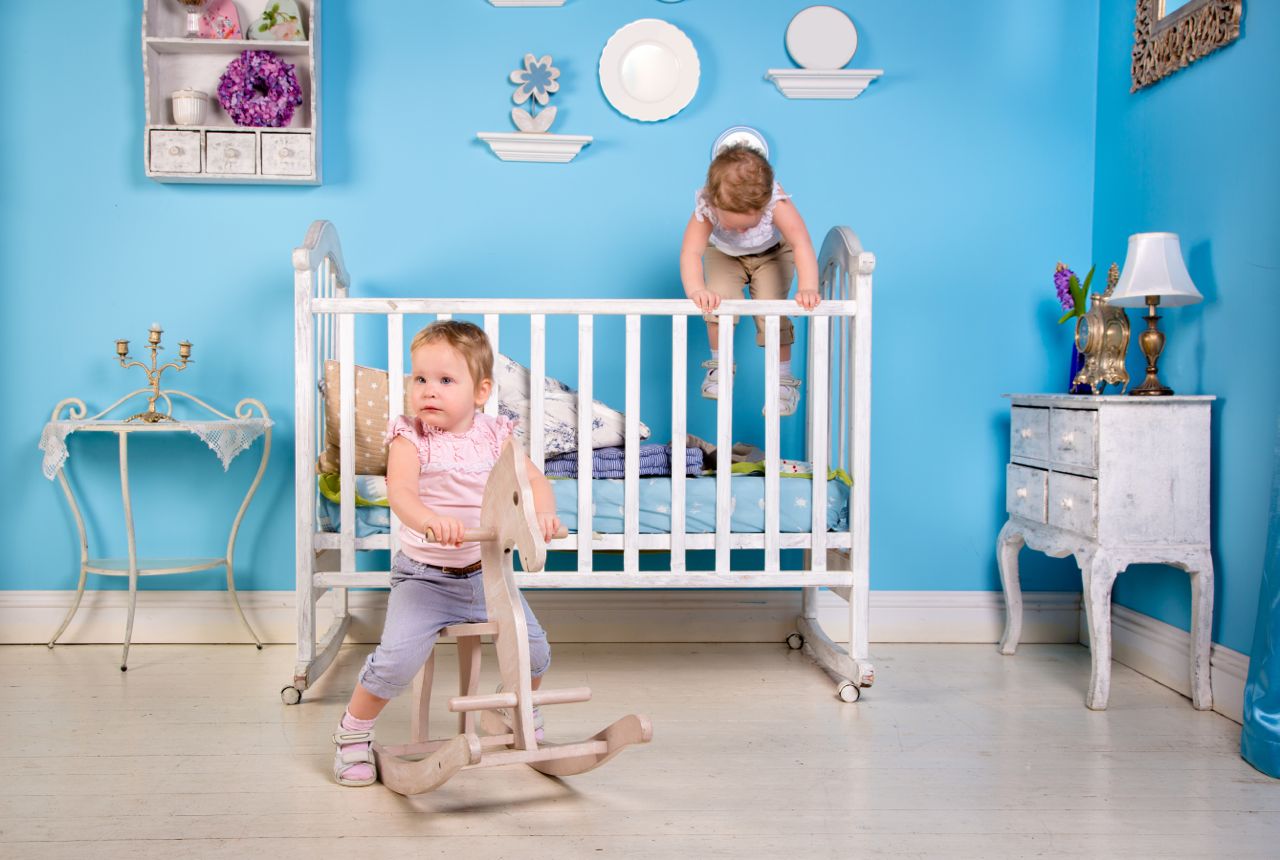
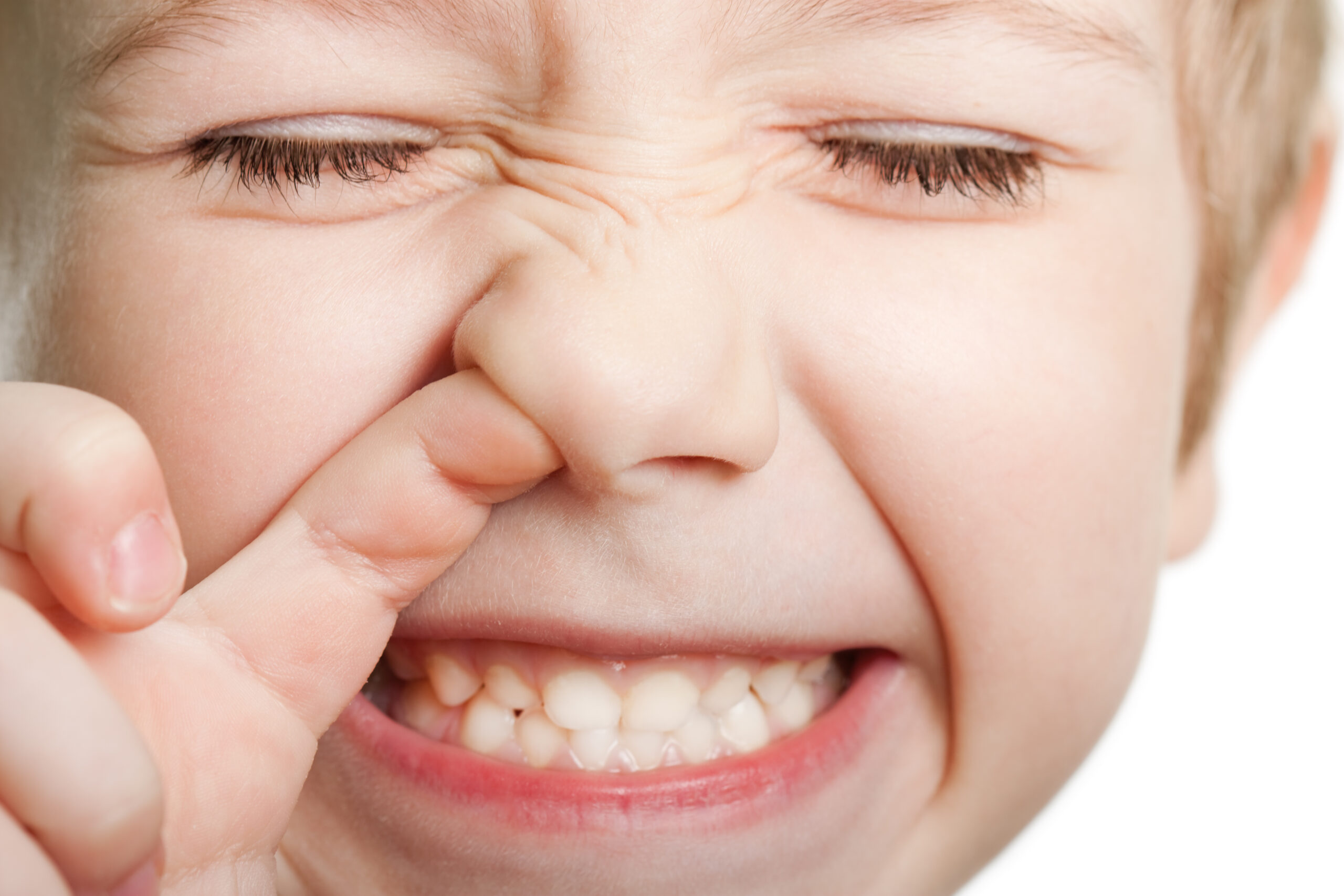
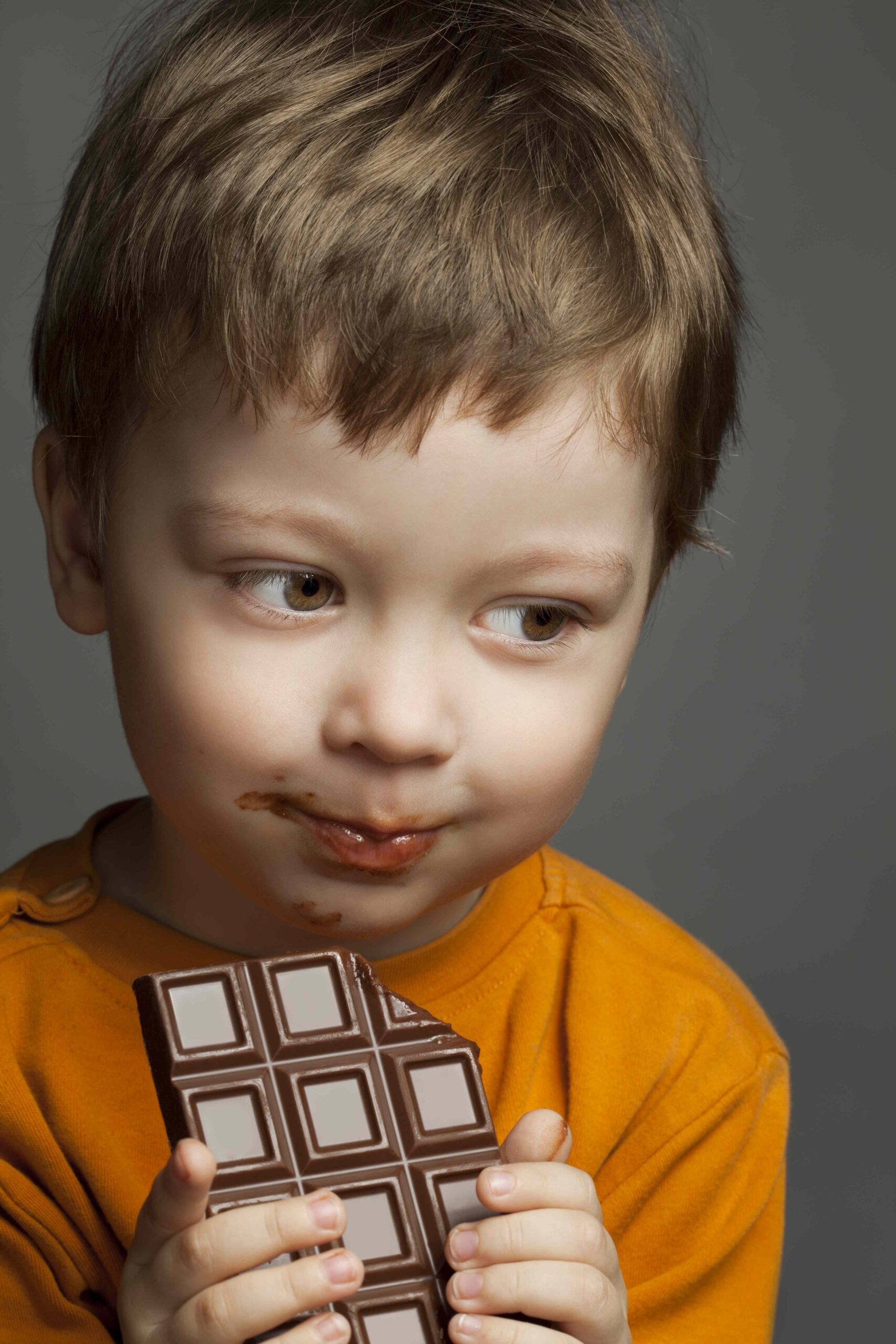
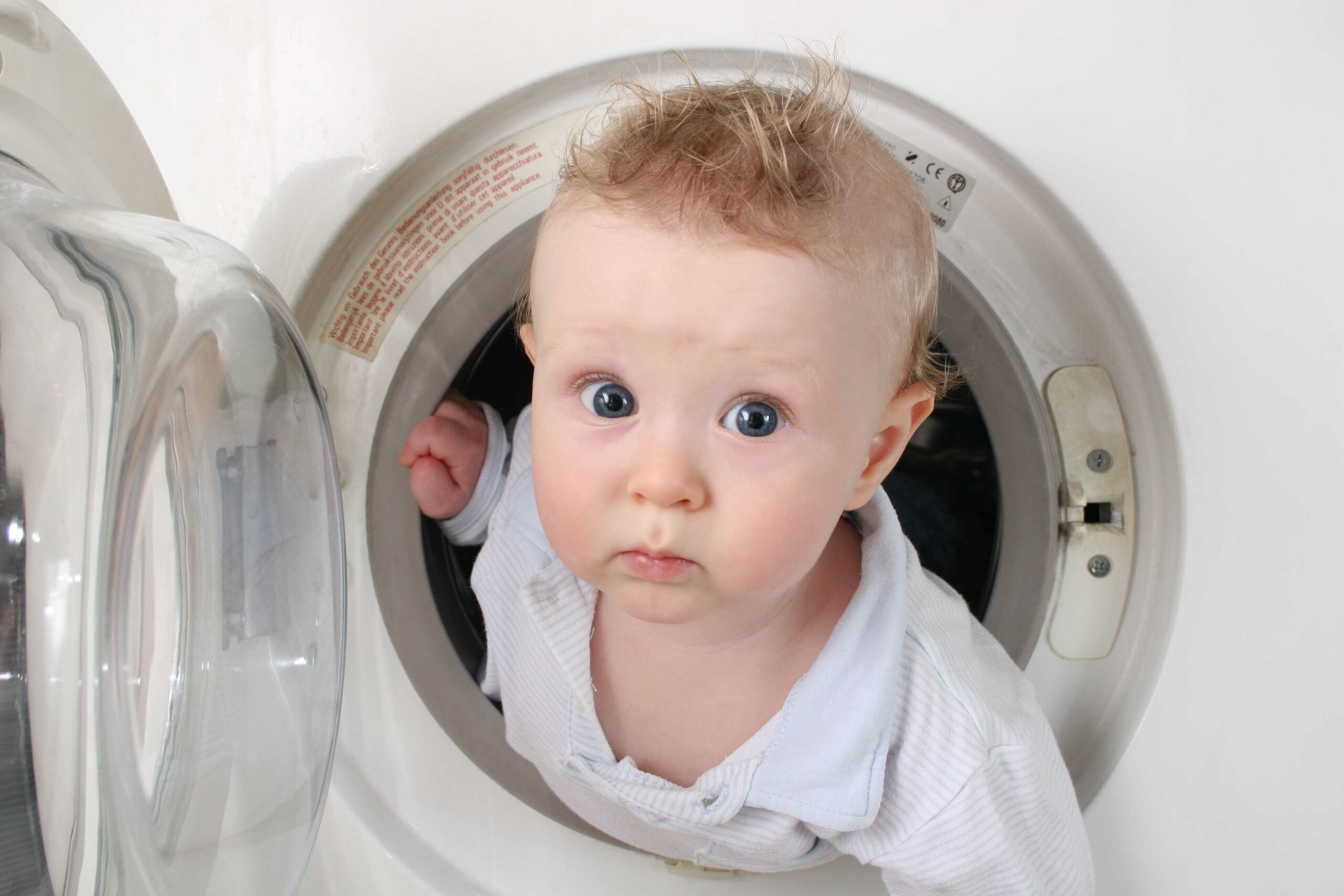
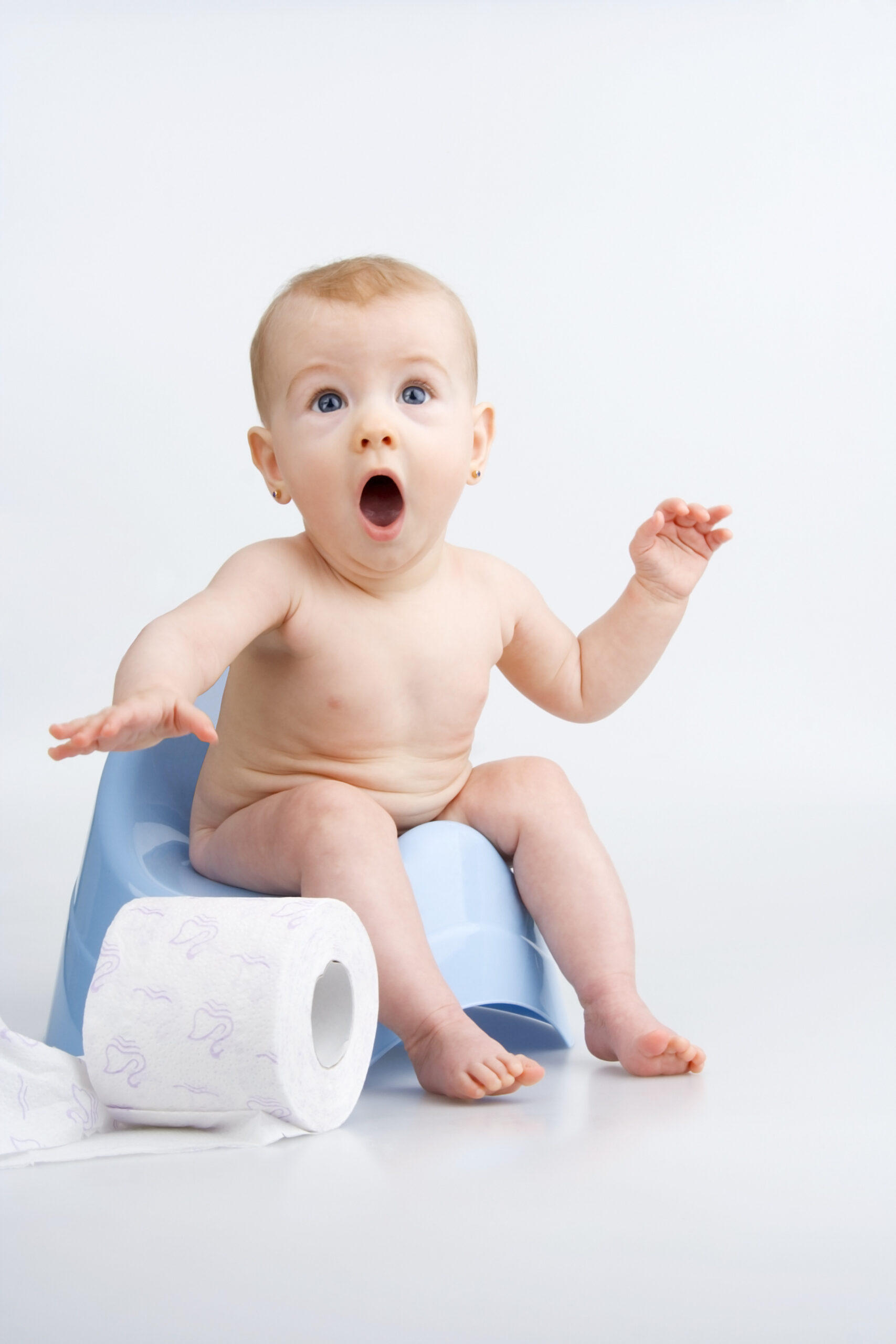

Such good information! My baby is 10 months and still hasn’t learned how to walk, but the other day he climbed up onto a bench-like toy that we had put in front of our livingroom window and almost fell out! It all happened so fast, luckily I was standing close by and needless to say we no longer have anything ‘climbable’ by any windows in our house.
I wonder if you could make your banner a GIF and have the balls bouncing? And also, I love the picture you posted with you and the kids. And also, this is the best blog ever.